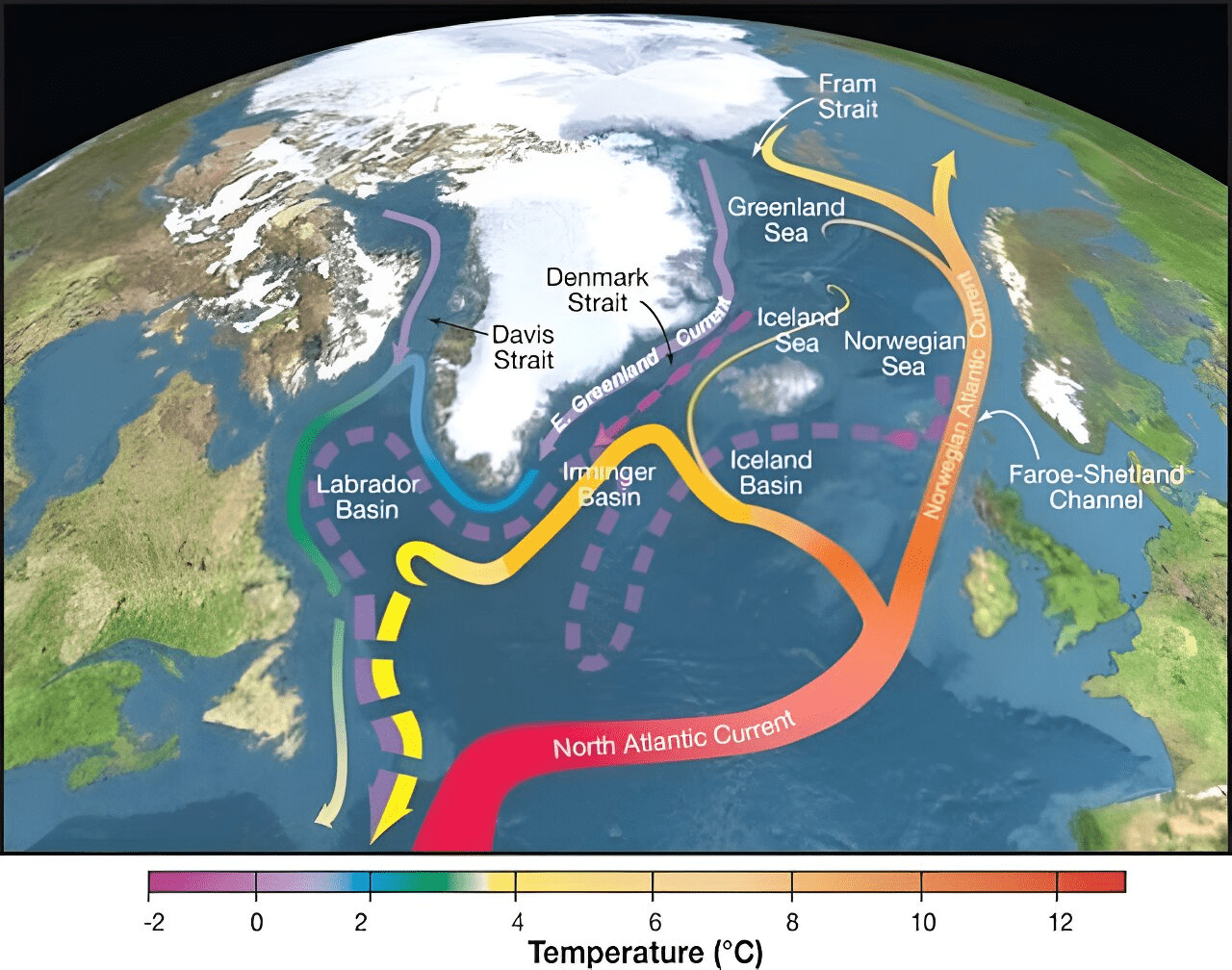The disparity in EV charging costs across Europe highlights not just economic differences but also the broader challenges of renewable energy integration. Iceland and Portugal lead with the cheapest charging rates, while Norway and Slovenia face the highest costs. As countries push for EV adoption, expanding charging infrastructure and integrating renewable energy are crucial. However, challenges such as grid instability, high upfront costs for renewables, and political hurdles make this transition complex. With the right policies, Europe can overcome these obstacles and pave the way for a cleaner, more sustainable future.





